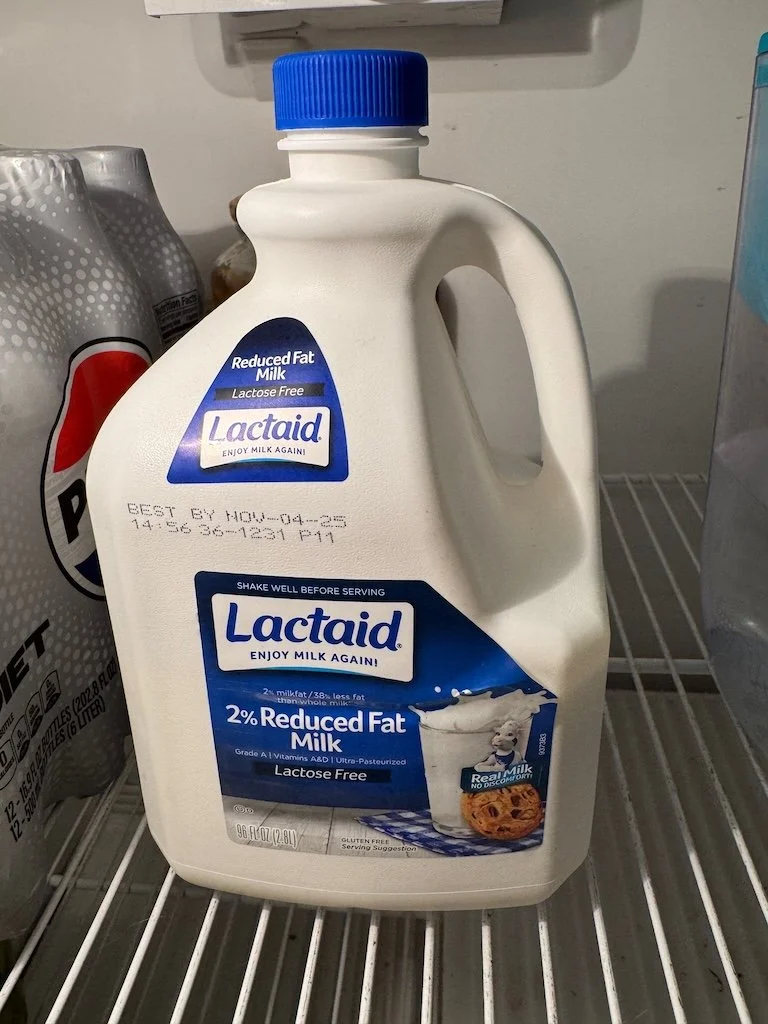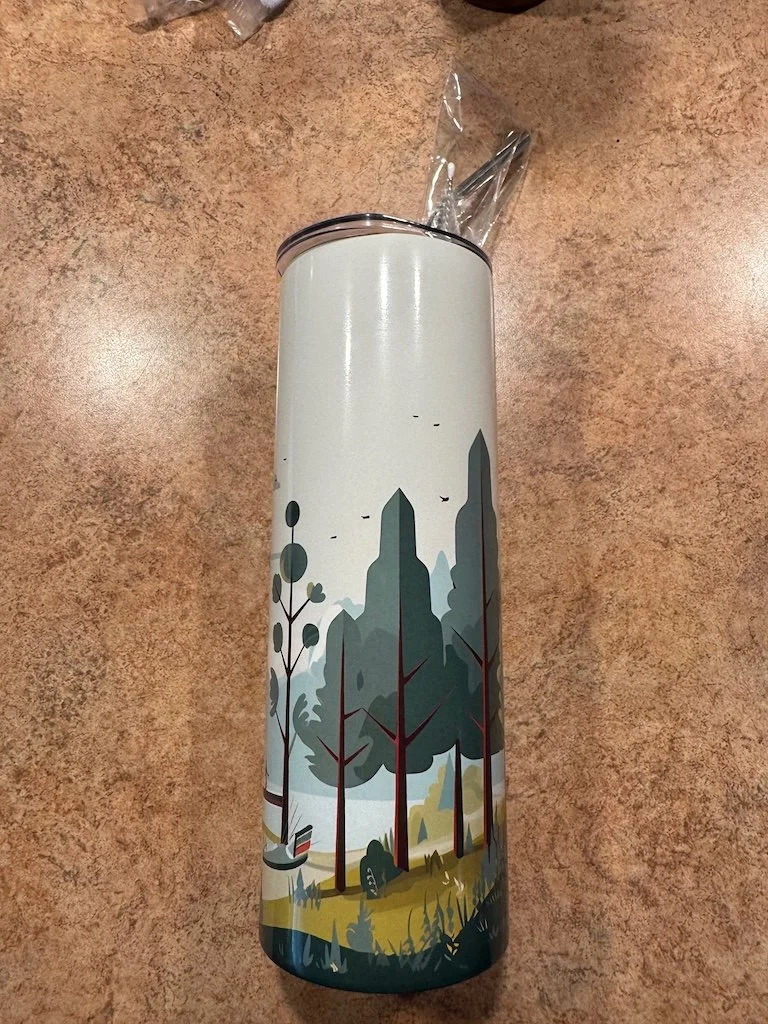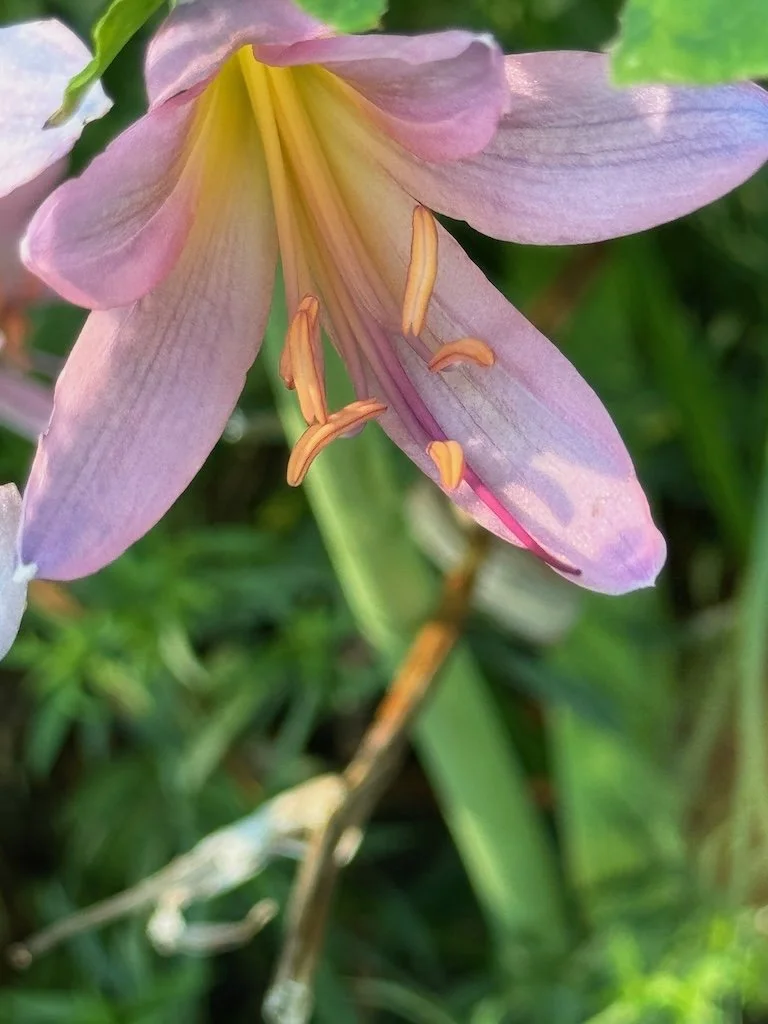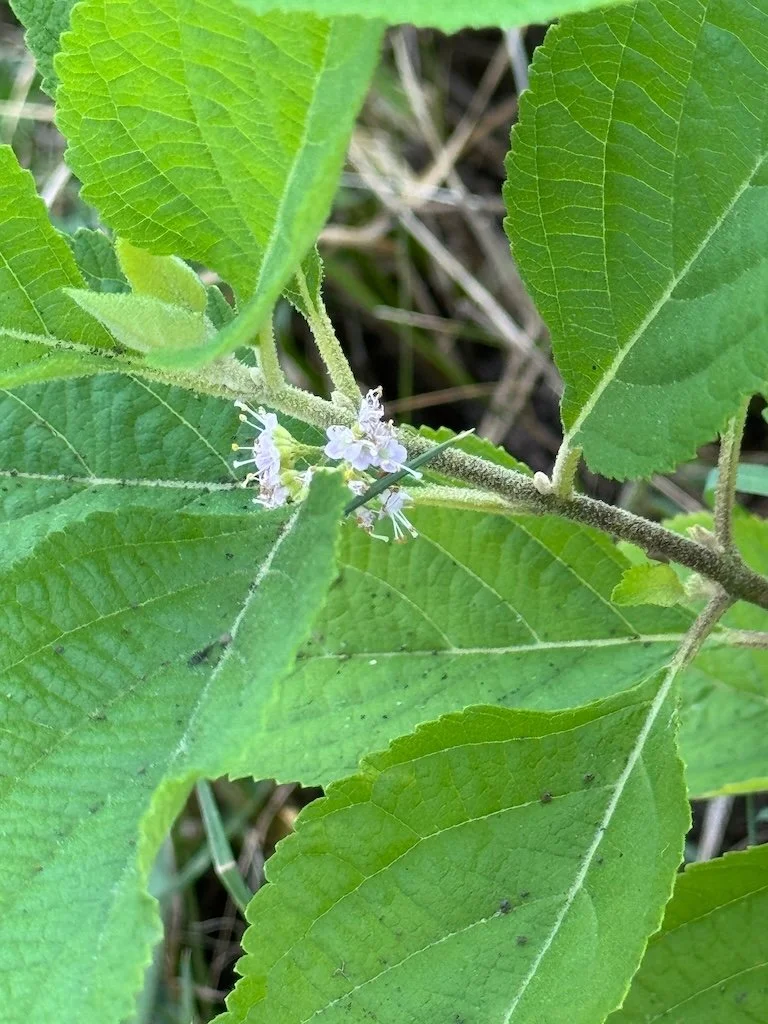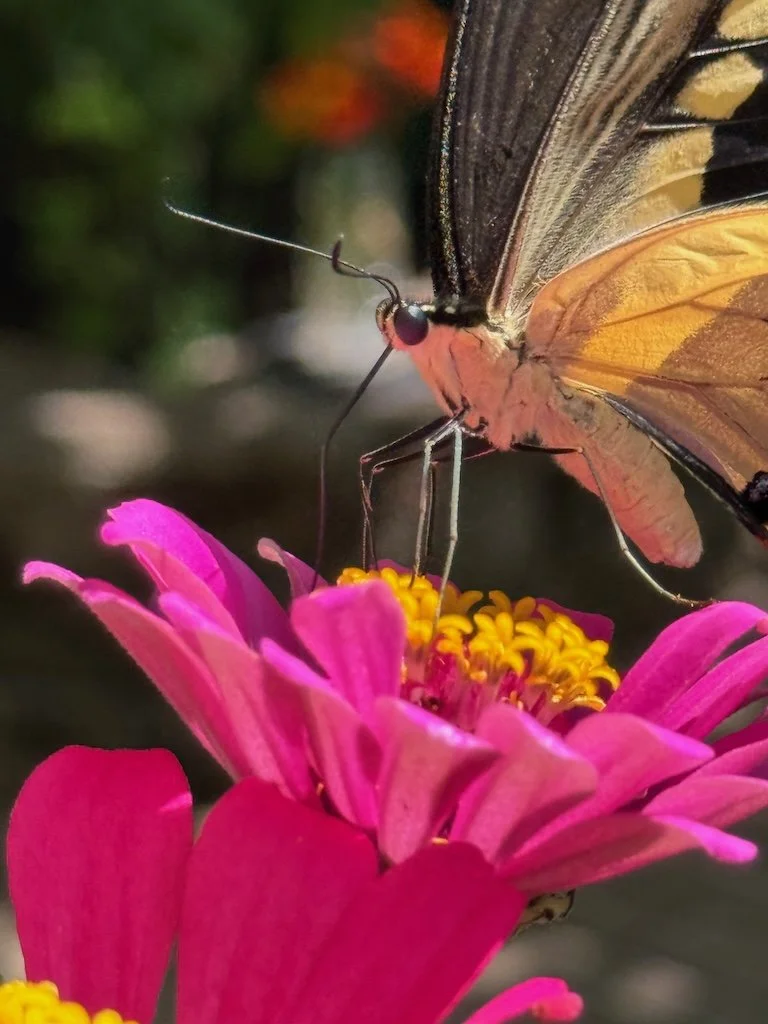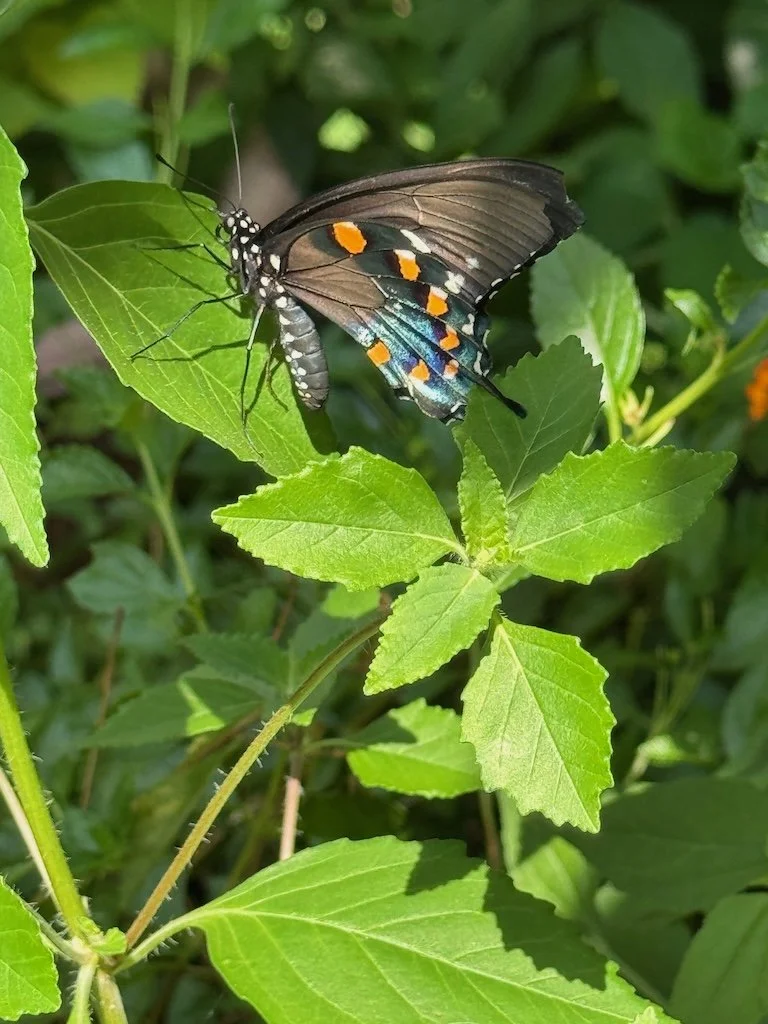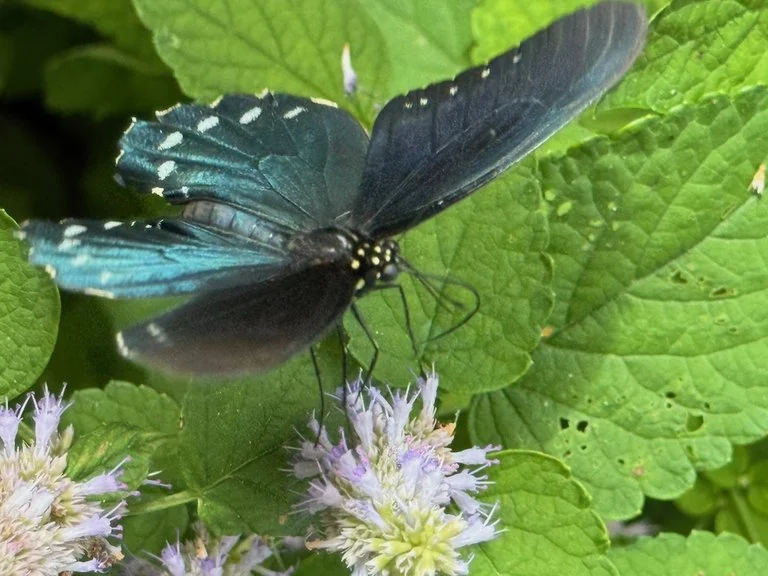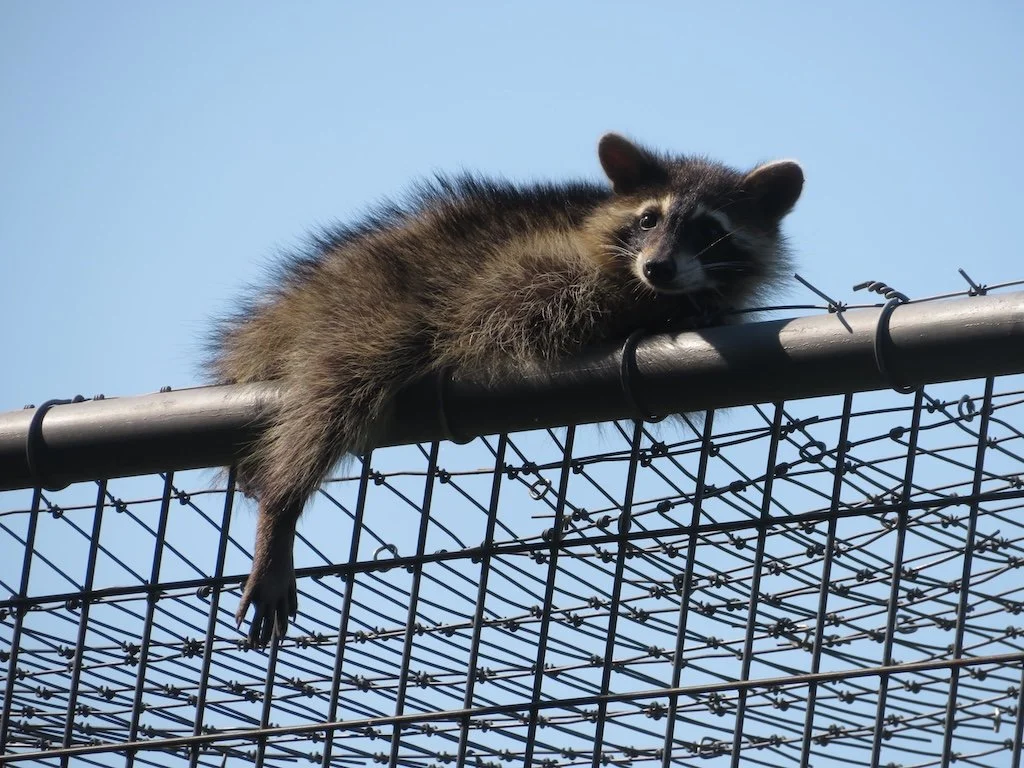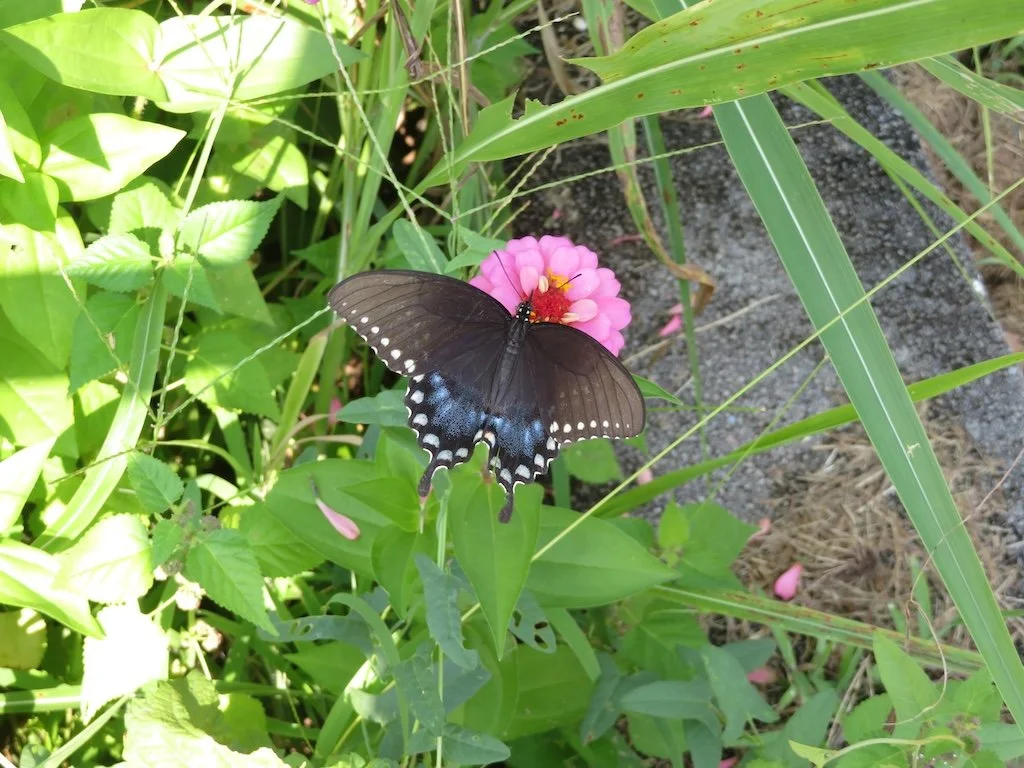Gleanings of the Week Ending September 20, 2025
/The items below were ‘the cream’ of the articles and websites I found this past week. Click on the light green text to look at the article.
Fewer than half the calories grown on farms now reach our plates - The world produced enough calories in 2020 to feed 15 billion people – but only 50 per cent of those calories ended up reaching people’s plates. This proportion is now very likely to have fallen even lower because of the declining efficiency of the global food system. (This article is behind a paywall…but even the headline and first paragraphs that are freely available are thought provoking.)
Humans inhale as much as 68,000 microplastic particles daily - Every breath people take in their homes or car probably contains significant amounts of microplastics small enough to burrow deep into lungs. The smaller bits measure between 1 and 10 micrometers and present more of a health threat because they can more easily be distributed throughout the body. The concentrations indoors are higher because it is an enclosed environment with high levels of plastic in a small area, and there is generally poor ventilation. The concentration of plastic in the cars’ air was about four times higher than in homes. Researchers matched the microplastic material with that used on the dashboard, door handle, steering wheel and other components. (Makes the case for replacing plastic in home furnishings and air purifiers that remove small particles…the car is more challenging.)
The 25-Ton Stone Relic That Once Lay Hidden Beneath Mexico City - In the winter months of 1790, construction workers were busy repaving the Mexico City’s Plaza de Armas when their shovels struck upon a large, circular object buried in the ground. It was so heavy, they had to create a makeshift pulley system to remove it. Once they did, they were in for a surprise, as they had just discovered one of Aztec civilization’s most iconic artifacts: the Calendar Stone. It is a large sculpture carved into 25 ton, 4 feet-thick circular block of olivine volcanic basalt that measures 11.8 feet in diameter. It was removed from Tenochtitlan’s main square and buried face-down in the ground after the conquistadors conquered Tenochtitlan.
The Paradox of American Technological Leadership in Renewable Energy – From a journalist’s perspective, thriving in a developing nation, dependent on first-world technology.
Earliest Evidence of Indigo Processing Identified on Paleolithic Tools – From analysis of 34,000-year-old stone tools found in the Dzudzuana Cave in the foothills of Georgia’s Caucasus. The pebble grinding tools contained traces of plant matter and indigotin, the deep blue compound also known as indigo.
Global Solar Installations Up 64 Percent So Far This Year - Solar is the fastest-growing source of electricity worldwide, and the buildout continues to gain pace, year after year. In the first six months of 2025, countries installed 380 gigawatts of solar capacity, up from 232 gigawatts in 2024. China accounted for most of the growth, installing more than twice as much solar in the first half of this year as it did in early 2024. For the first time in China, solar isn’t just supplementing coal power, but replacing it. The U.S., by comparison, saw solar installations rise by just 4 percent. Through its exports of low-cost solar panels, China also drove growth in India and across much of Africa
Permitting Pollution Jeopardizes Clean Water - The PERMIT Act, will let large-scale polluters off the hook for trashing our waters, leaving the American people to pick up the tab. If it becomes law, this bill will pollute our drinking water, compromise our health, put more communities at risk of floods, and ruin many of the places we swim or fish.
How long can one RSV shot protect seniors? Study shows surprising two-year shield - A single RSV vaccine dose is proving to be a powerful shield for older adults, significantly reducing hospitalizations and severe illness over two consecutive RSV seasons. While protection is strongest in the first year and declines somewhat in the second, the findings highlight both the immediate benefits and the importance of ongoing monitoring.
84% of Chicago's Pipes Contain Lead — and They're Not Equally Distributed - Chicago has the highest number of lead water service lines in the nation, with an estimated 412,000 of about 491,000 lines at least partly made of lead or contaminated with the dangerous metal. The city’s Black and Latino communities are most impacted, but the issue is widespread across the city’s water distribution network.
How to Go Plastic Free for Beginners. Your First 10 Items! - Start with 10 items, step by step and then progress slowly to more once you feel more confident.

